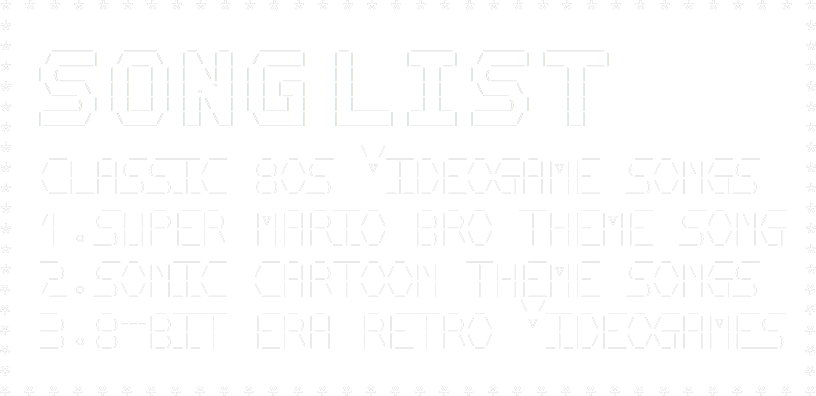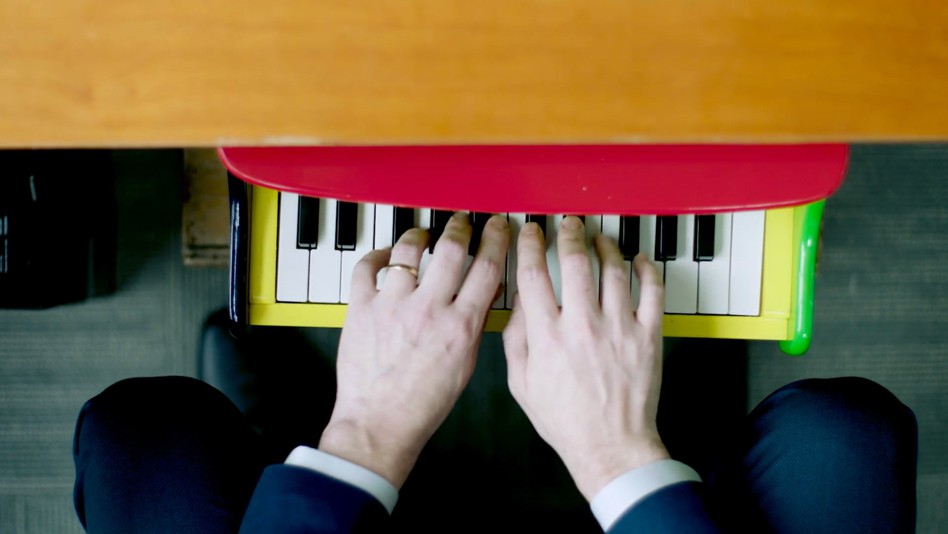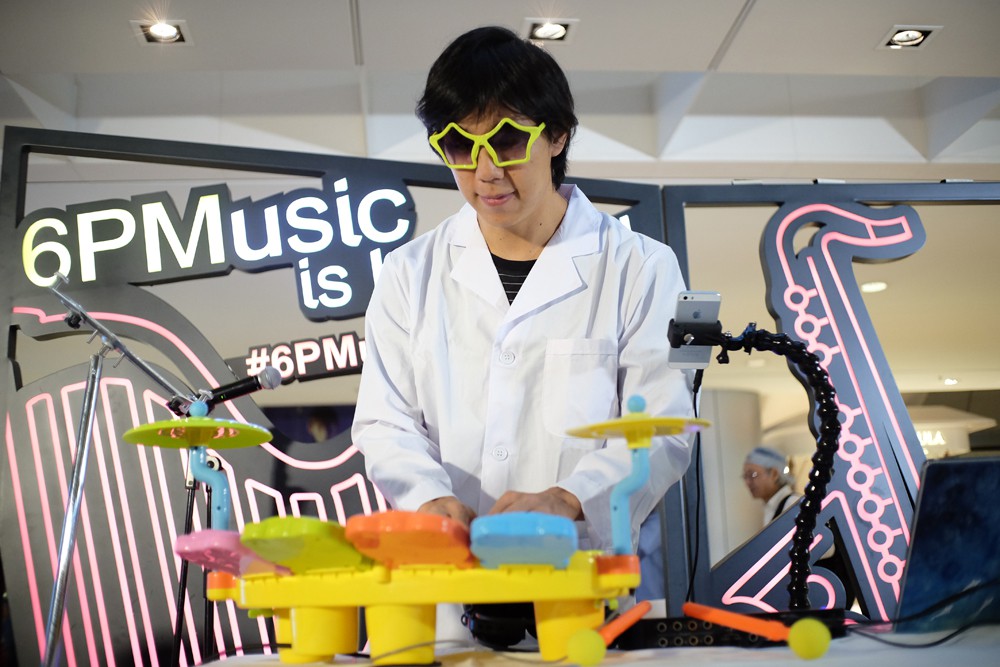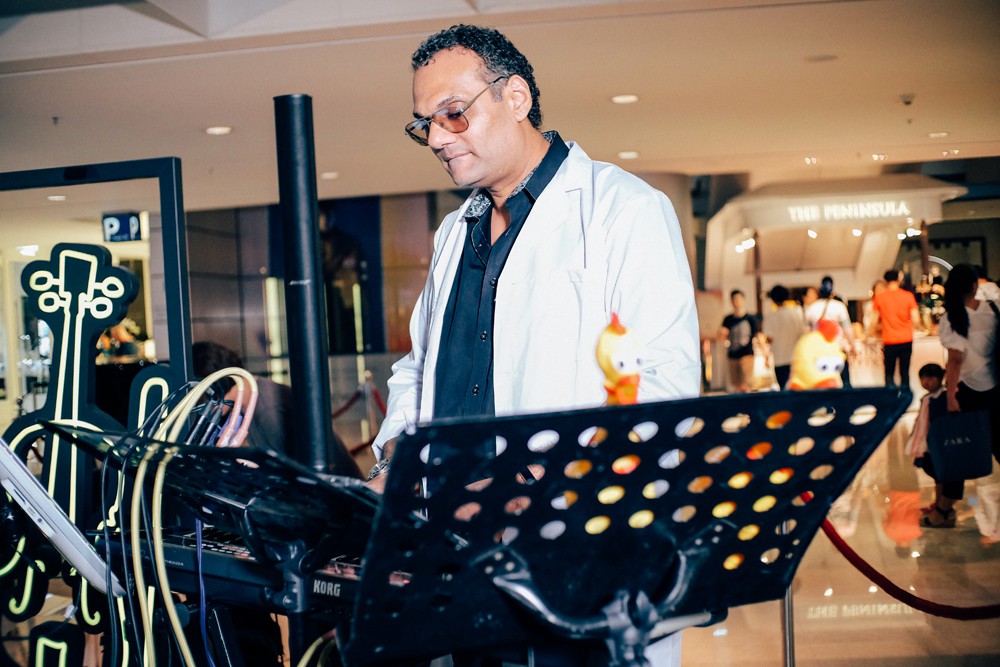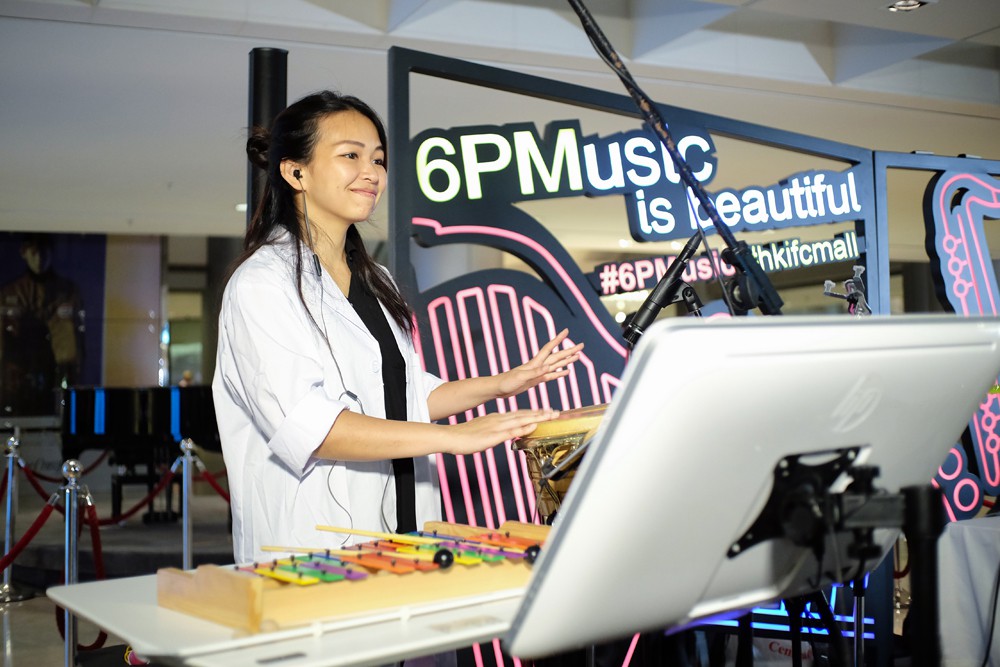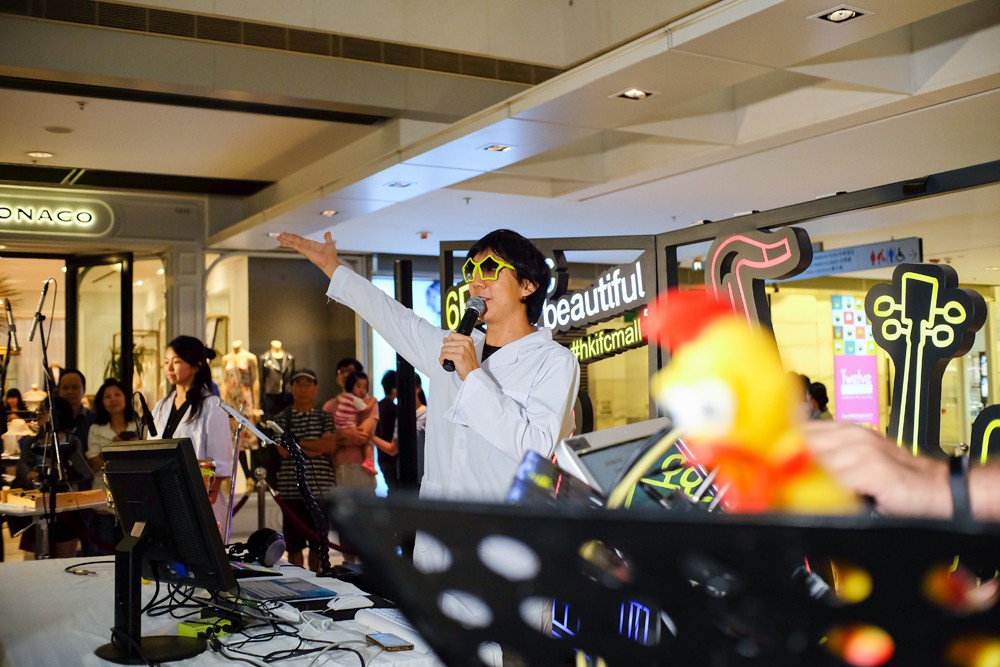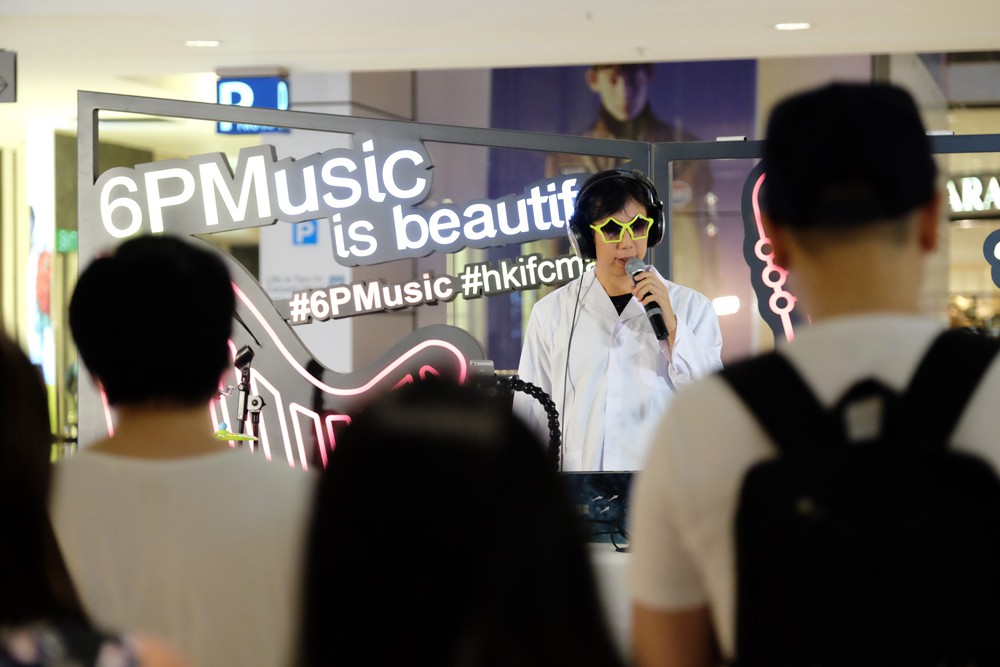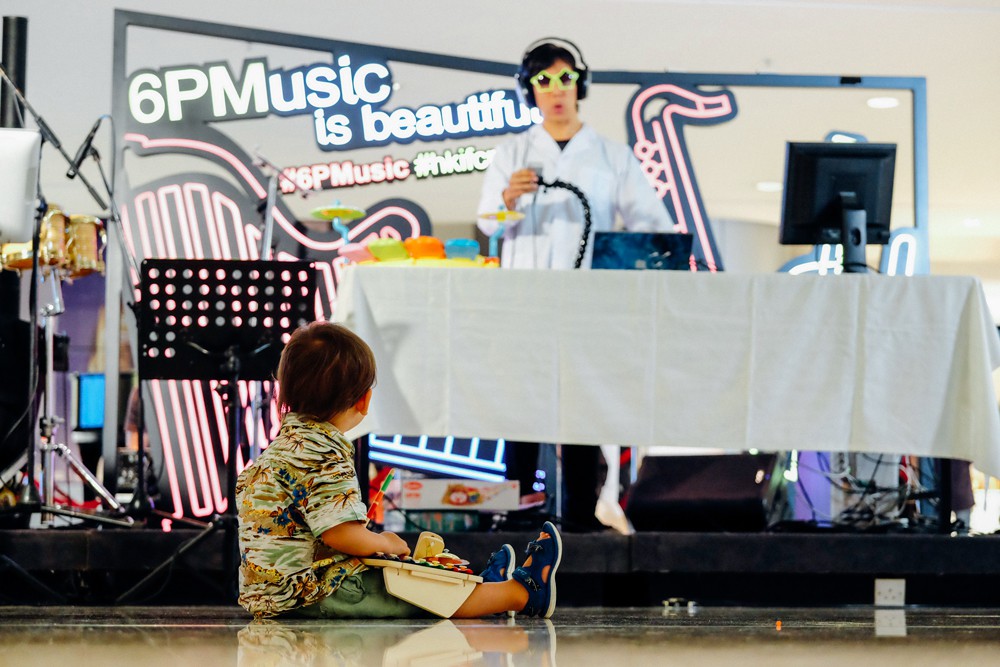TOYVIDE
ORCHESTRA
Sep
2017
bends the rules
Experimenting objects like toy keyboards, robots, music boxes, which blended with synthesized sound layers by the technique of circuit bending, the band converts the ordinary buzz and bang to beautiful yet unaccustomed melodies. This contemporary treatment deconstructs our understanding towards musical tunes and inspires us to listen to the familiar from a different manner.
What is circuit-bending?
The first electronic sound synthesizer, a musical instrument that generated sounds by means of electric vibration, was invited 150 years ago and was capable of generating a single musical note. Fast forward to today, electronically produced sounds are ubiquitous. Yet it was not until the 1970s when synthesized music made it into the household, in the form of a toy, or more specifically, a game console - the Atari. The reach of this form of electronic music, primitive by today's standard, achieved critical mass thanks to the overwhelmingly popular Nintendo Famicon (or the Nintendo Entertainment System in most non-Asian markets) which generates melodies, beats, harmonies and sound effects through its internal synthesizer.
The wonderful music in video games during that era played a critical role in bringing game consoles to unprecedented popularity. The Toy-Vide-Orchestra poised to reintroduce the 8-bit, synthesized music through toys, computers and apps; to recreate a game-like experience that invites everyone to toy with; to create music through interaction and active engagement, not unlike a video game.

